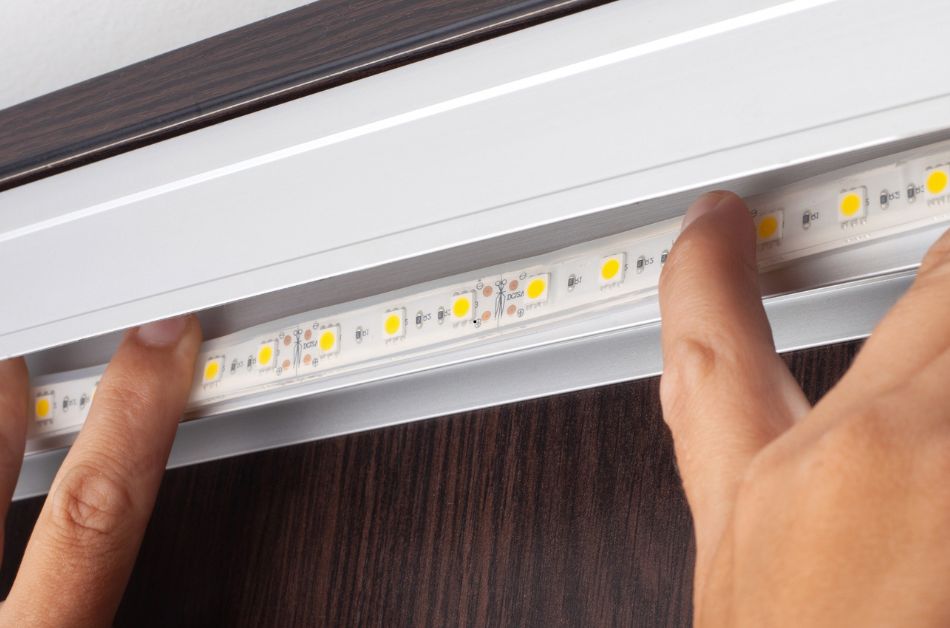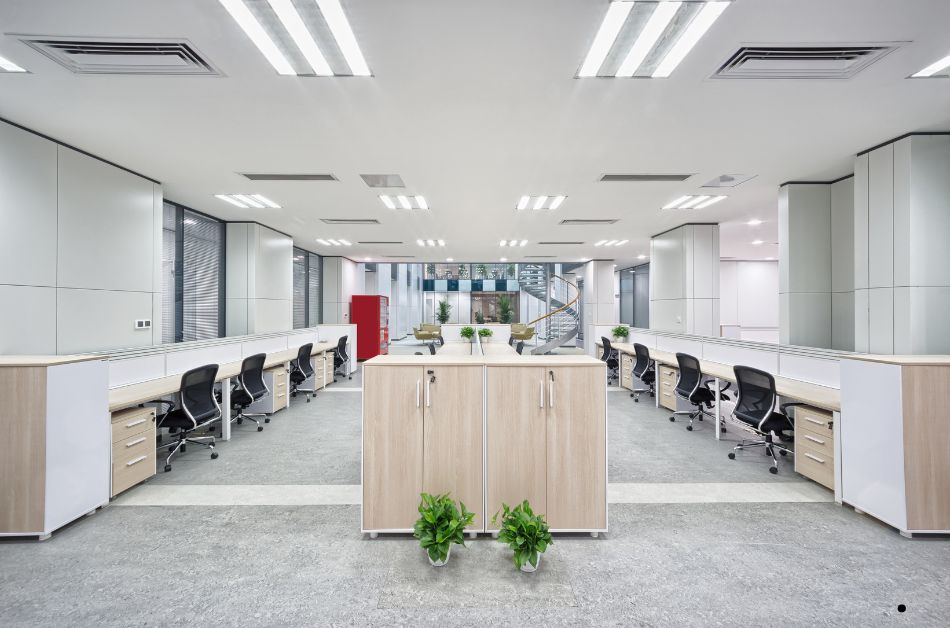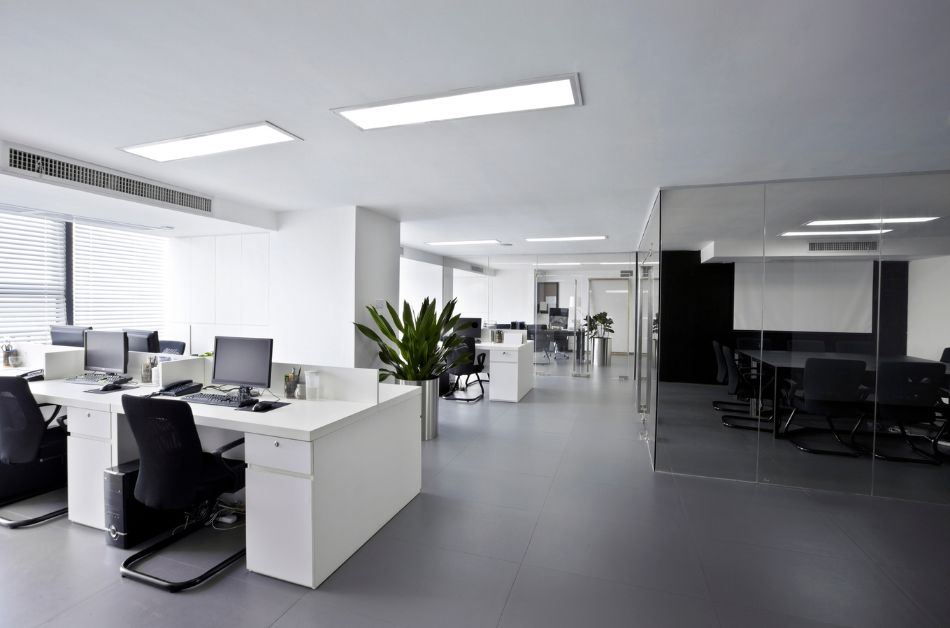LED lighting and fluorescent lighting are two popular options for brightening up homes, offices, and various other spaces. Both types of lighting have their own set of advantages and disadvantages, but one area where they differ significantly is their environmental impact. In this blog post, we will explore the environmental impact of LED and fluorescent lighting, comparing factors such as energy efficiency, lifespan, and disposal methods.
By understanding the environmental implications of these lighting options, you can make an informed decision when choosing the right light for your needs. So, let’s dive in and explore the world of LED vs. fluorescent lighting!
What is LED Lighting?
LED stands for Light Emitting Diode. LED lighting technology utilizes a semiconductor to emit light when an electric current passes through it. Unlike traditional incandescent bulbs, which rely on a filament that produces light when heated, LED lights produce light through a process called electroluminescence.
LED lighting is known for its energy efficiency, long lifespan, and versatility. LEDs consume less energy compared to other lighting technologies, making them more environmentally friendly. They also have a significantly longer lifespan, reducing the need for frequent replacements. Additionally, LED lights can be dimmed, have instant-on capabilities, and are available in various colors and designs.
What is Fluorescent Lighting?
Fluorescent lighting is a type of lighting that uses a gas-discharge mechanism to produce light. It consists of a tube filled with mercury vapor and coated with phosphor. When an electric current passes through the tube, the mercury vapor emits ultraviolet light, which then interacts with the phosphor coating to produce visible light.
Fluorescent lighting is known for its high energy efficiency compared to traditional incandescent bulbs. It produces less heat and consumes less energy, making it a popular choice for commercial and residential applications. However, fluorescent lights contain trace amounts of mercury, which poses environmental concerns during disposal. Special care must be taken to ensure proper disposal and recycling of fluorescent bulbs.
LED vs. Fluorescent: A Direct Comparison
When it comes to environmental impact, LED lighting has several advantages over fluorescent lighting. Let’s compare them side by side:
1. Energy Efficiency: LED lights are more energy-efficient than fluorescent lights. They convert a higher percentage of electrical energy into visible light, resulting in less energy wastage.
2. Lifespan: LED lights have a much longer lifespan compared to fluorescent lights. While fluorescent lights typically last for around 10,000 to 15,000 hours, LED lights can last for up to 50,000 hours or more.
3. Mercury Content: LED lights do not contain mercury, while fluorescent lights do. This makes LED lights safer for the environment and easier to dispose of.
4. Instant-On: LED lights turn on instantly, whereas fluorescent lights may take a few seconds to reach full brightness.
Considering these factors, it is clear that LED lighting has a lower environmental impact compared to fluorescent lighting.
Comparison Table- LED vs Fluorescent
| Aspect | LED Lighting | Fluorescent Lighting |
| Energy Efficiency | Highly efficient, consumes less energy | Moderately efficient, consumes more energy |
| Lifespan | Longer lifespan (typically 25,000 to 50,000 hours) | Shorter lifespan (typically 7,000 to 15,000 hours) |
| Start-Up Time | Instantaneous | Requires warm-up time |
| Environmental Impact | Contains no mercury | Contains small amounts of mercury |
| Color Rendering Index | High color rendering index (CRI) | Moderate CRI |
| Light Output | Directional light, more focused | Omni-directional light, less focused |
| Temperature Sensitivity | Operates well in cold temperatures | May experience reduced performance in cold temps |
| Dimming Capability | Compatible with dimmers | May require special dimmable ballasts |
| Cost | Initially higher cost, but lower lifetime cost | Lower initial cost, but higher lifetime cost |
What’s Wrong with Fluorescent Lighting?
While fluorescent lighting offers energy efficiency benefits, there are some drawbacks and concerns associated with this technology. Here are a few issues with fluorescent lighting:
1. Mercury Content: As mentioned earlier, fluorescent lights contain mercury, a toxic substance that can be harmful to humans and the environment if not handled and disposed of properly.
2. Flickering: Some fluorescent lights may exhibit flickering, which can cause eye strain and headaches for sensitive individuals.
3. Color Rendering: Fluorescent lights may not provide accurate color representation, leading to a slightly unnatural appearance of objects and surroundings.
4. Environmental Impact: Improper disposal of fluorescent bulbs can release mercury into the environment, posing a risk to ecosystems and human health.
These factors highlight the importance of considering alternative lighting options, such as LED, which offer similar benefits without the drawbacks associated with fluorescent lighting.
What Are the Benefits of LED Lighting?
LED lighting offers several benefits that make it a favorable choice for environmentally conscious consumers. Here are some advantages of LED lighting:
1. Energy Efficiency: LED lights are highly energy-efficient, consuming significantly less electricity compared to traditional incandescent bulbs and fluorescent lights.
2. Long Lifespan: LED lights have a long lifespan, which means fewer replacements are needed. This reduces waste and contributes to lower maintenance costs.
3. Durability: LED lights are more durable than other lighting options. They are resistant to shocks, vibrations, and extreme temperature variations, making them suitable for various environments and applications.
4. Eco-Friendly: LED lights do not contain toxic substances like mercury, making them safer for the environment. Their energy efficiency also helps reduce greenhouse gas emissions from power plants.
5. Design Flexibility: LED lights come in various shapes, sizes, and colors, allowing for creative lighting designs and applications.
Considering these benefits, it’s clear why LED lighting is gaining popularity as a sustainable lighting solution.
How to Choose the Right Light for Your Home or Office
When choosing between LED and fluorescent lighting for your home or office, it’s essential to consider your specific needs and preferences. Here are a few factors to consider:
1. Energy Efficiency: If energy efficiency is a top priority, LED lighting is the clear winner. It consumes less electricity and helps reduce energy costs.
2. Longevity: If you prefer lighting solutions that require less frequent replacements, LED lights are the better choice due to their longer lifespan.
3. Color Rendering: If accurate color representation is crucial for your space, LED lights tend to provide better color rendering compared to fluorescent lights.
4. Environmental Impact: LED lights have a lower environmental impact due to their energy efficiency and lack of mercury content. If sustainability is a priority, LED lighting is the way to go.
By considering these factors and assessing your specific lighting requirements, you can make an informed decision on which lighting option is best suited for your home or office.
Frequently Asked Questions (FAQs)
1. Are LED lights more expensive than fluorescent lights?
Initially, LED lights may have a higher upfront cost, but their energy efficiency and long lifespan result in cost savings in the long run.
2. Can I use LED lights in fixtures designed for fluorescent lights?
In most cases, yes. However, it’s important to check the compatibility of the fixture and ensure proper installation to optimize performance and safety.
3. How do I dispose of fluorescent bulbs safely?
Fluorescent bulbs should be taken to designated recycling centers or hazardous waste disposal facilities to ensure proper handling and prevent mercury contamination.
4. Do LED lights emit UV radiation?
LED lights produce minimal UV radiation compared to other lighting options, making them safe for everyday use.
5. Can I dim LED lights?
Yes, many LED lights are dimmable, providing flexibility in creating different lighting effects and adjusting brightness levels.
These are just a few common questions about LED and fluorescent lighting. If you have more specific inquiries, it’s best to consult with a lighting professional or refer to manufacturer guidelines.
Conclusion
LED vs. fluorescent lighting is not just a matter of personal preference or aesthetics. It also involves considering the environmental impact of each option. LED lighting emerges as the clear winner in terms of energy efficiency, lifespan, and eco-friendliness. While fluorescent lighting offers energy-saving benefits, the presence of mercury and other drawbacks make it less desirable from an environmental standpoint.
By choosing LED lighting, you can contribute to reducing energy consumption, greenhouse gas emissions, and the improper disposal of hazardous materials. LED lights also offer versatility, durability, and long-term cost savings. Whether for your home or office, making the switch to LED lighting is a step towards a more sustainable and brighter future.
Resources:
LED Lamp: Wikipedia
Fluorescent lamp: Wikipedia



